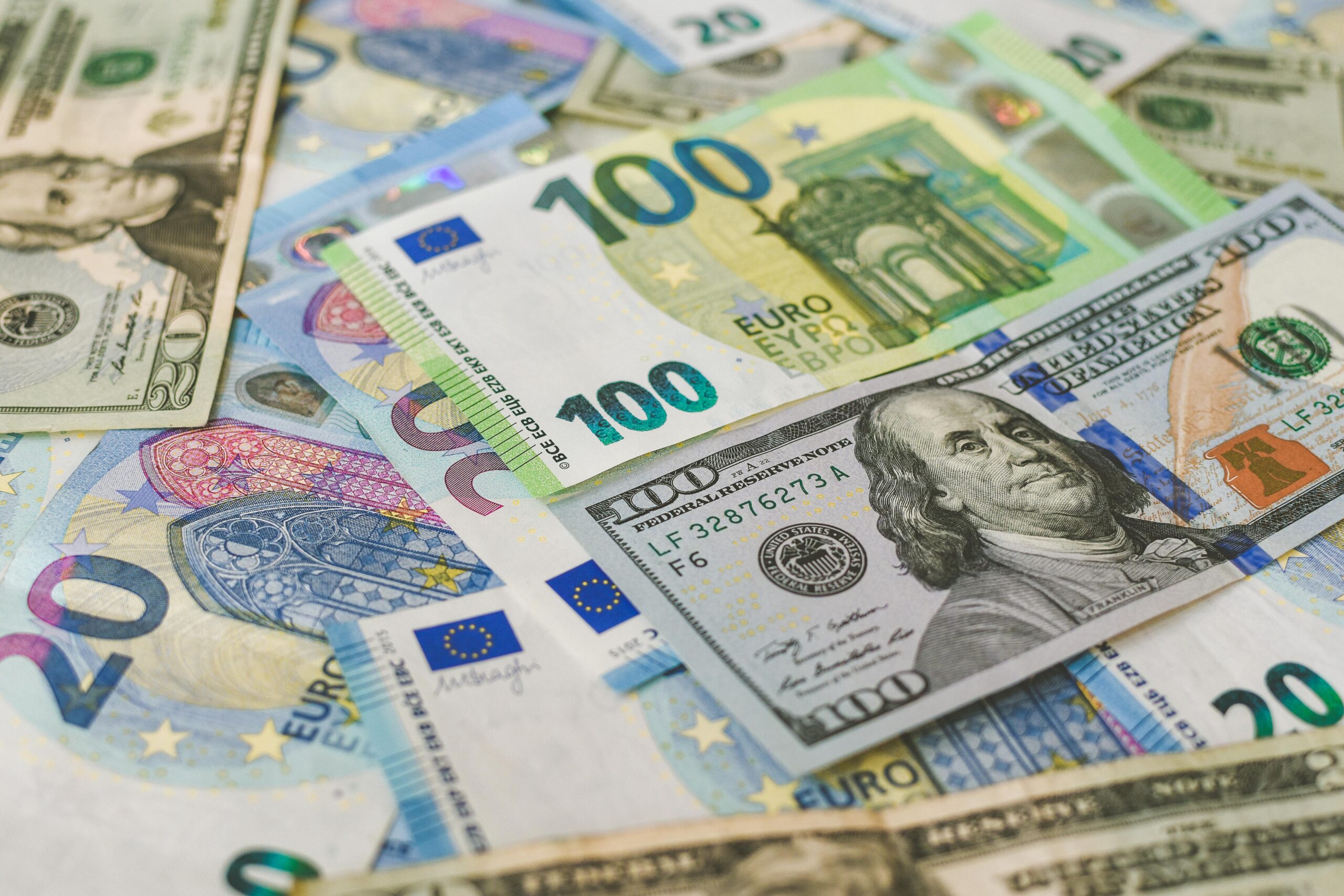The EUR/USD currency pair often catches the attention of market watchers. It connects two major global currencies, reflecting the health of large economies and influencing decisions in trading, investing, and even policymaking.
Why does this connection matter so much, and what drives its movements? Many ask these questions, especially those starting in the world of forex trading. Stick around as we provide the answers you need.
What Does EUR/USD Represent in Simple Terms?
EUR/USD shows the exchange rate between the euro (EUR) and the U.S. dollar (USD). It tells you how many dollars are needed to buy one euro. For example, if the rate is 1.10, it means 1 euro equals 1.10 U.S. dollars.
This pair connects the European Union, one of the world’s largest economic zones, with the United States. It’s like a bridge between two massive financial systems, reflecting the supply and demand for each currency.
Because of its global significance, EUR/USD acts as a barometer for broader economic conditions and market sentiment.
Why EUR/USD Is the Most Traded Currency Pair
EUR/USD is the most traded pair because it links the world’s two largest economies and offers high liquidity. This means it’s easy to buy or sell large amounts without causing major price swings, making it attractive to traders.
Its constant activity provides opportunities for profit at almost any time of day. Major banks, corporations, and individual traders all participate, adding to its popularity.
For those starting out, using reputable tools for monitoring and trading EUR/USD can simplify the process. These tools help track movements and spot opportunities in this highly active and influential market.
Key Economic Factors That Influence EUR/USD
EUR/USD reacts to various economic factors. Interest rates play a central role, as higher rates often attract more investors to a currency. Inflation is another key driver, influencing purchasing power and market confidence.
Employment data, such as U.S. non-farm payrolls or European job reports, can cause significant price swings. Trade balances and GDP growth figures also add to the equation, reflecting the health of each economy.
Traders often analyze these metrics to predict movements. Monitoring economic calendars helps anticipate potential shifts in the pair’s value before major announcements.
How News Headlines Impact EUR/USD Movements
News headlines can cause sudden changes in EUR/USD prices. Political events like elections or policy changes often shift market sentiment, driving traders to buy or sell.
Unexpected developments, like natural disasters or global conflicts, may also affect demand for the euro or the U.S. dollar. Central bank statements, especially those from the Federal Reserve or the European Central Bank, tend to have the strongest influence.
Traders closely watch economic calendars and breaking news to stay ahead of potential price movements. Reacting quickly to news allows them to adapt their strategies and seize short-term opportunities in the market. Of course, this might not be the best option for people looking to improve their family finances, as it takes time, experience, and recognizing the risks involved to handle this successfully.
The Role of Central Banks in Driving EUR/USD Trends
Central banks, like the Federal Reserve (Fed) and the European Central Bank (ECB), heavily influence EUR/USD. They control monetary policies, such as setting interest rates and managing inflation, directly impacting currency values.
For example, if the Fed raises interest rates, the dollar often strengthens, pushing EUR/USD lower. Similarly, dovish or hawkish signals from the ECB can shift the euro’s value.
Traders closely monitor central bank decisions and speeches. Understanding their goals and strategies helps predict potential shifts in the pair’s direction, giving valuable insight into long-term and short-term market trends.
Wrapping Up
The EUR/USD currency pair is a vital gauge of global economic health. Its movements reflect the strength of two major economies and are influenced by key factors like interest rates, inflation, and news events.
By understanding its drivers and tracking it carefully, traders can confidently uncover opportunities and navigate the forex market.

